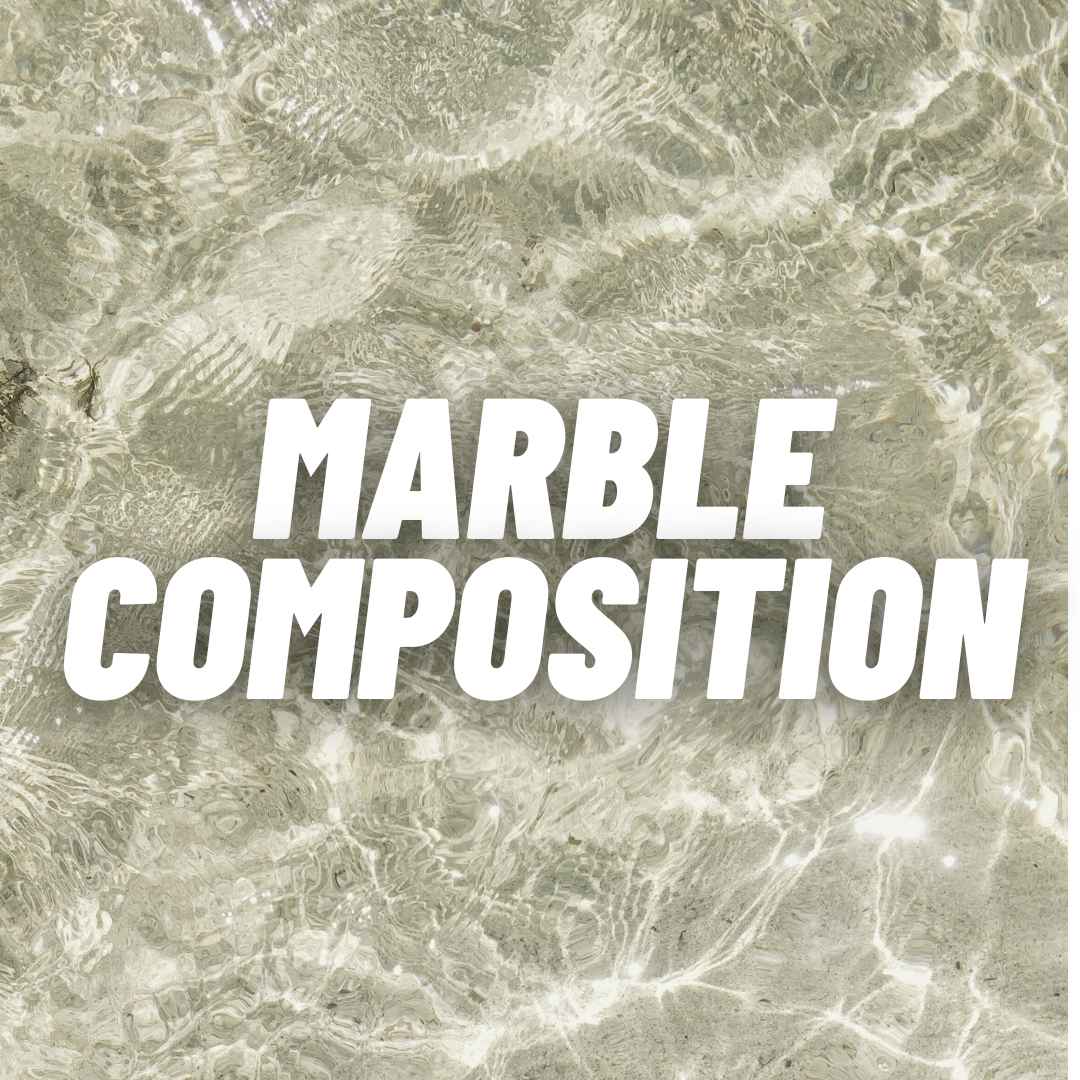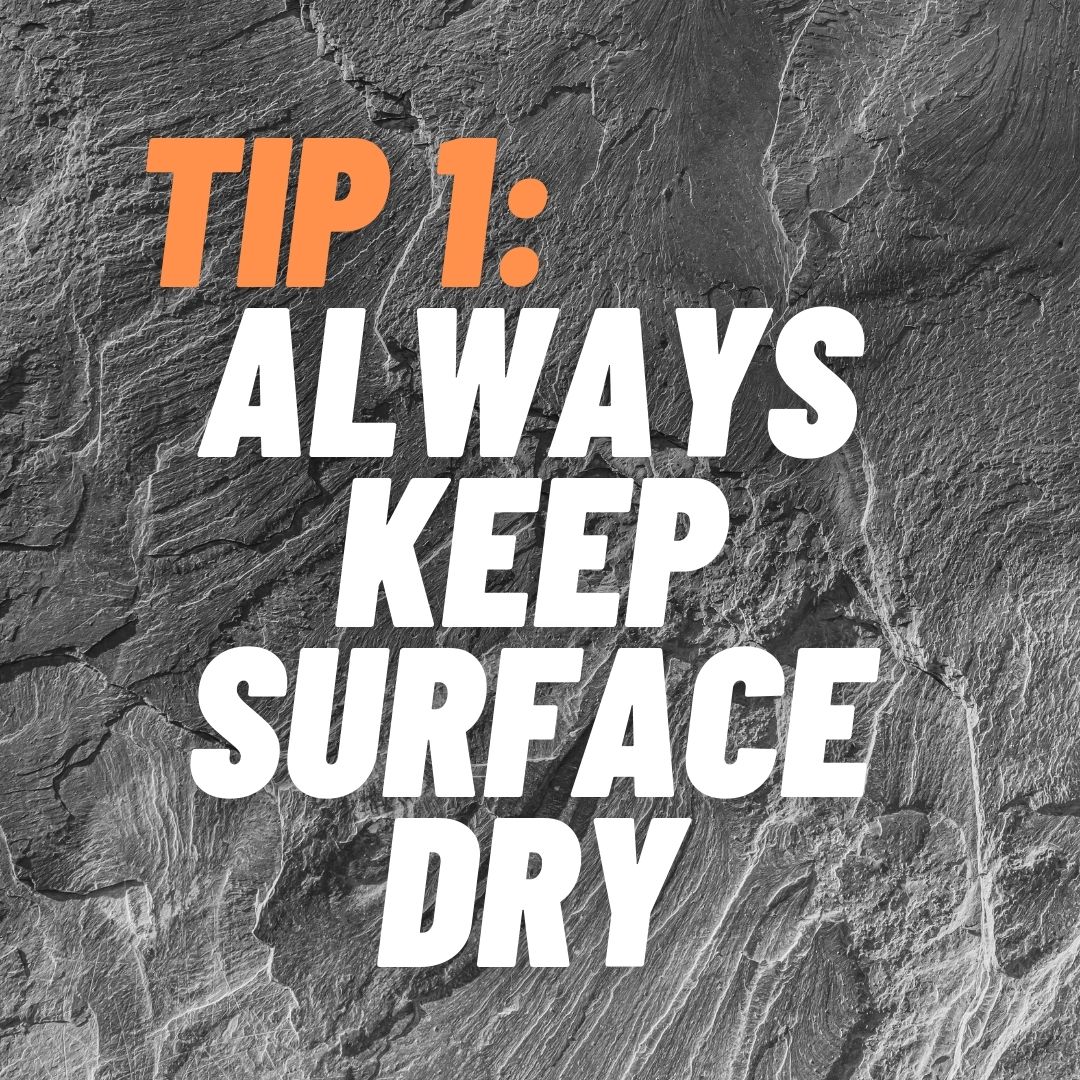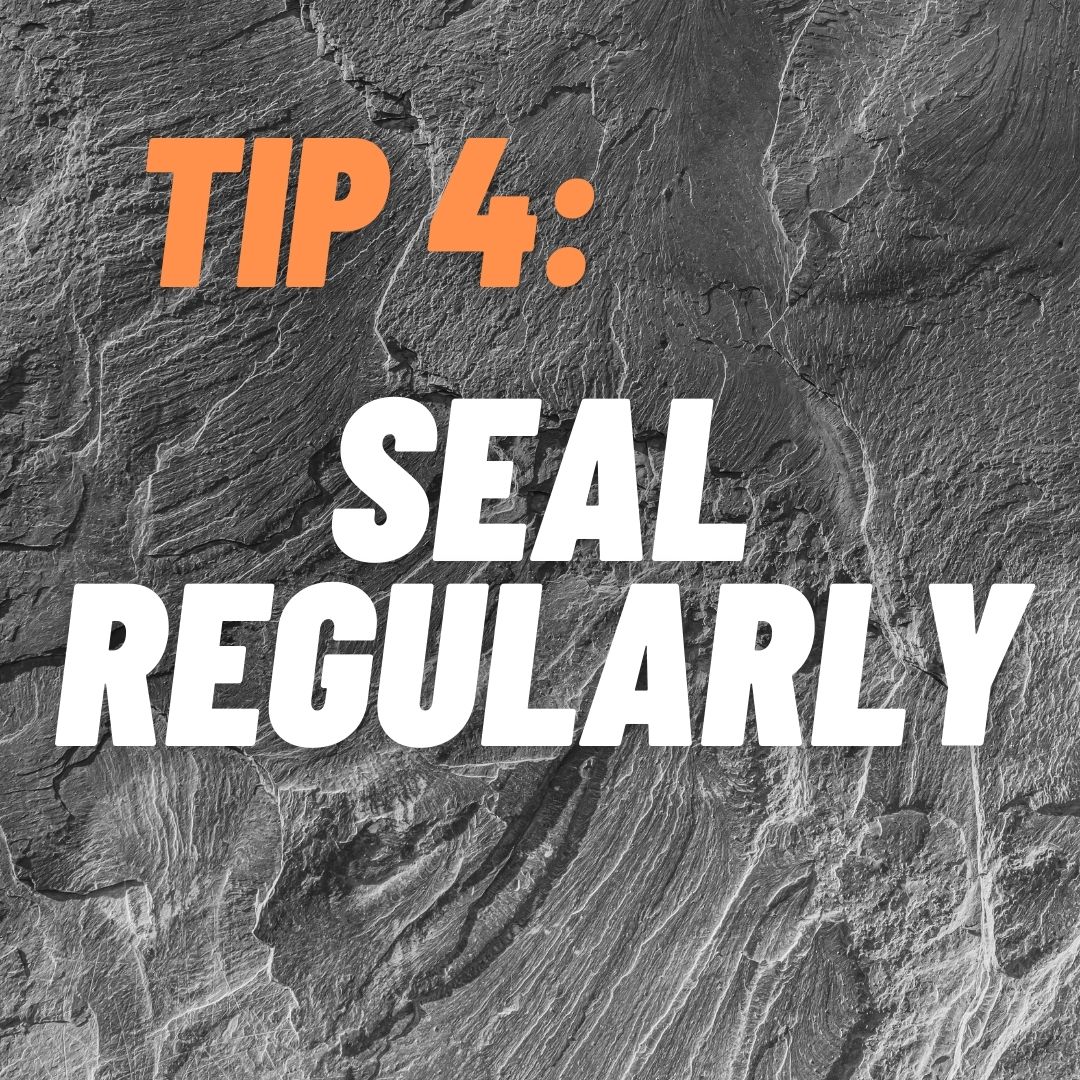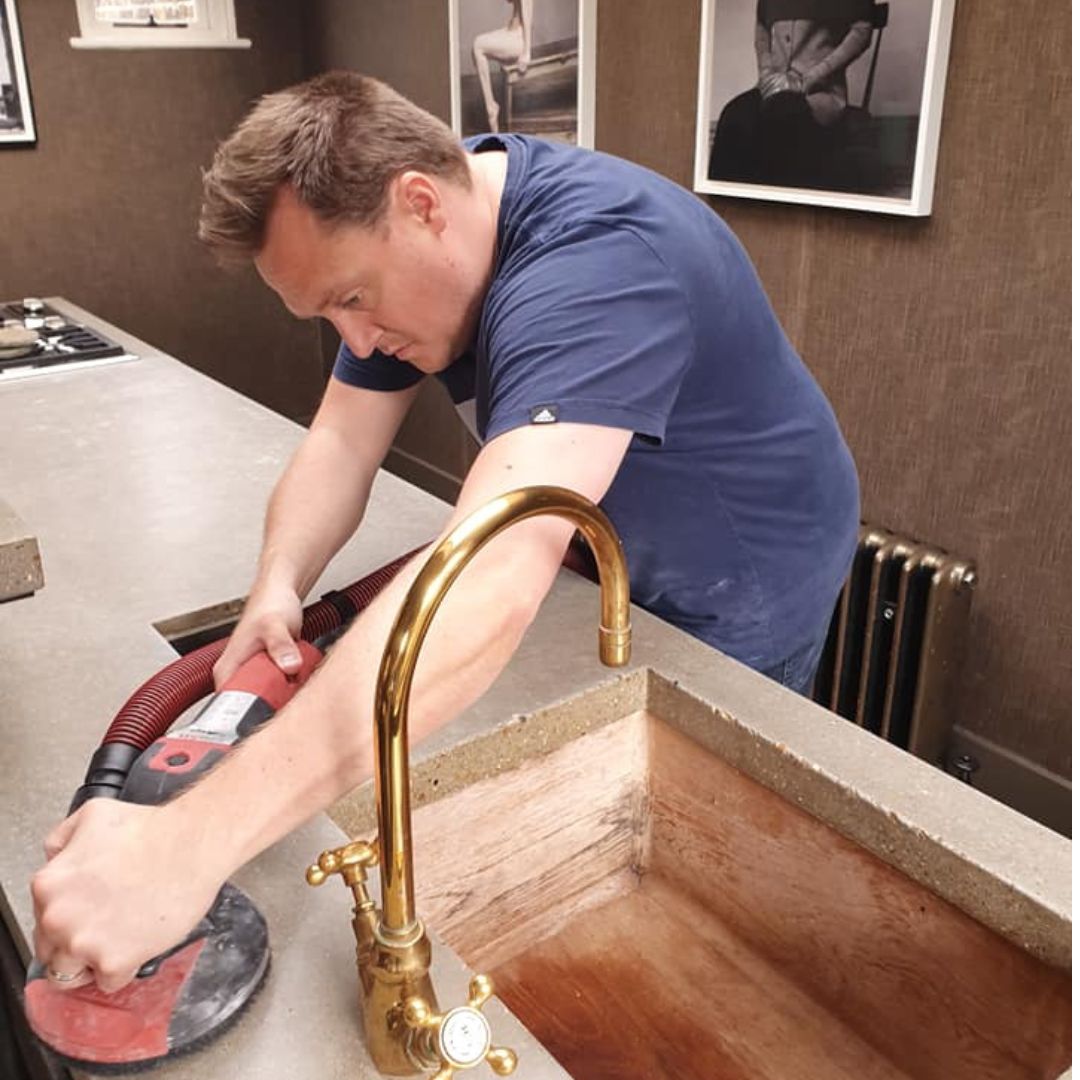Marble has been used in architecture, art, and design for centuries due to its unique properties and enduring beauty. Its distinguished appearance and durability make it a popular choice for a variety of applications. Here are some of the most common uses of marble:
ConstructionMarble is a popular choice for construction due to its strength and resistance to weathering. It is often used for flooring, walls, and countertops in both residential and commercial buildings. Its natural beauty and unique veining patterns also add an elegant touch to any space.
SculptureMarble has been used for sculpture since ancient times, and its popularity continues to this day. Its smooth surface and ability to be carved into intricate shapes make it a favorite among artists. Many famous sculptures, such as Michelangelo's David, were created from marble.










